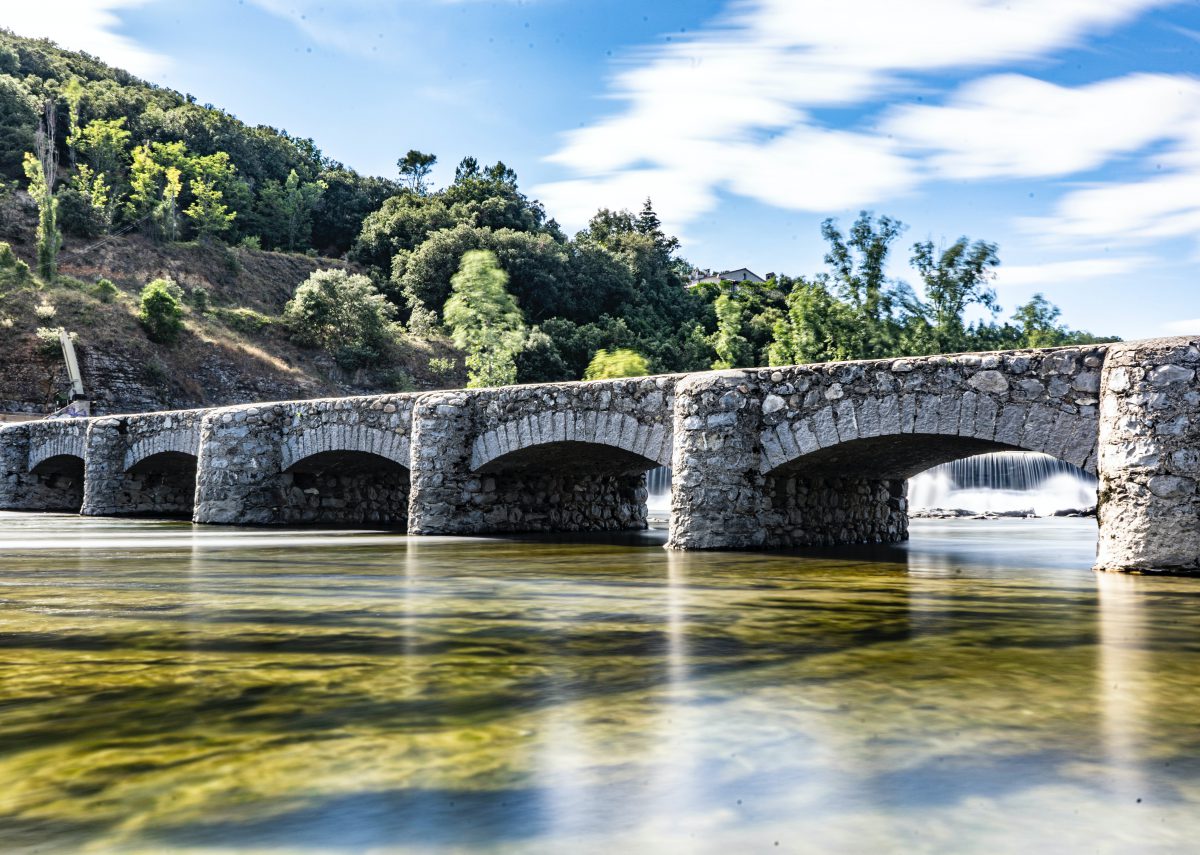6 ingredients to become a resilient destination
Leisure and tourism destinations need to be resilient in order to keep up with the changing society. Destination development is closely linked to the current networking society and globalising economy. Therefore, it is even more important to move forward with opportunities and challenges.
To be resilient, destinations must at the same time:
- Be robust enough to handle disturbances
- Be flexible enough to anticipate opportunities
- Reconstitute itself continuously
The following features are important conditions to be resilient:
1. Diversity
A local or regional leisure economy that consists of a multitude of products, services, experiences, and providers are generally robust. Occasionally, some may disappear. Striving for diversity also means stimulating new developments.
2. Connectivity
Connections are important to for example develop new products, routes, arrangements.
3. Shared responsibility
If power and decision-making are in the hands of one party, it may be that this party only has a single eye’s view. In general, several parties keep each other focused.
4. Environmental sensitivity
You need to be aware of ongoing trends and developments in the region, but also at (inter)national level. Then, analyse how they will affect the destination level.
5. Learning & reflexivity
For destination development it is essential to learn. What is going well, what needs to be improved, and what do we not know yet. A learning attitude aimed at development and quality improvement helps to keep up with the dynamic community. Sometimes this requires the ability to reflect critically and make adjustments to existing systems of thinking, doing, cooperation, policy and/or regulation (reflexivity).
6. Thinking in adaptive systems
Destinations can be seen as more or less coherent systems that are forced by the social dynamics to move. In other words, they must be adaptive. If we consider destinations as systems that need to be adaptive, it is important that the above conditions are present.
Keep ‘traps’ in mind
There is a chance that the ingredients will not be present at all. Destinations can then be trapped in a situation which are difficult to escape (traps). This may cause that a destination:
- Is too rigid to move with change (lock-in trap)
- Has no capacity or resources (poverty trap)
- Focuses too much on one approach, for example based on past successes (rigidity trap)
- Works in a too ad hoc way including various parties without coherence (isolation trap)
Understanding these potential situations helps to learn and to make adjustments.
Do you want to learn more about resilient destinations? Read my article about resilient destinations in the book Destination Resilience.
1 å




